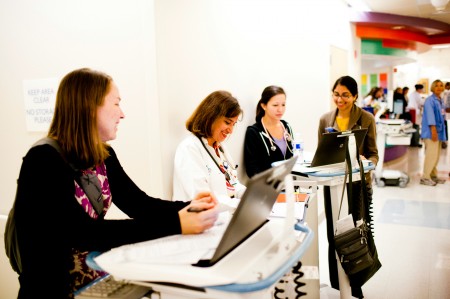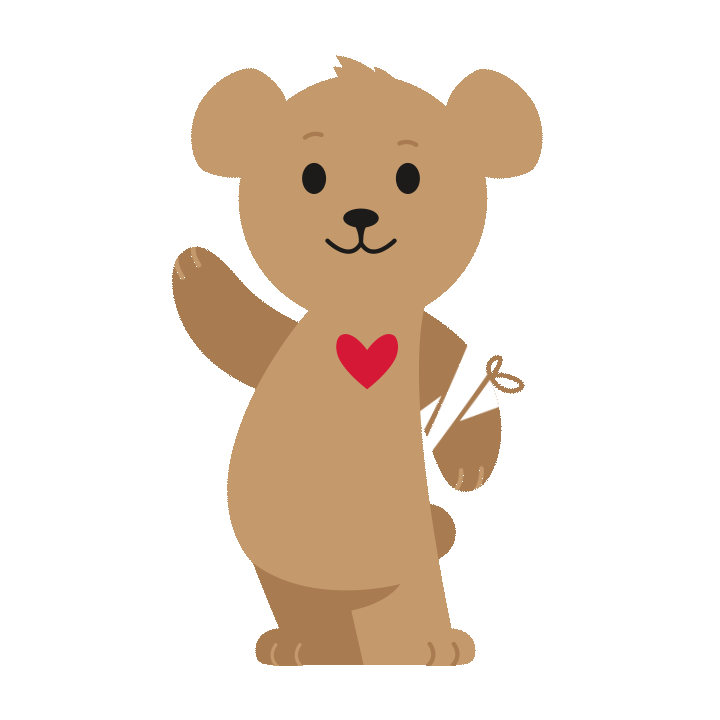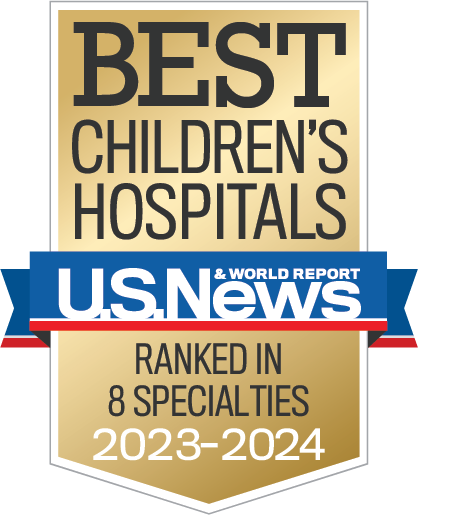 Electronic health records (EHR) document a patient’s medical history, but its data and the technology behind it provide a multitude of future possibilities, says CHOC Children’s Chief Medical Information Officer.
Electronic health records (EHR) document a patient’s medical history, but its data and the technology behind it provide a multitude of future possibilities, says CHOC Children’s Chief Medical Information Officer.
CHOC Children’s began moving to the EHR in 2002, and more technological developments will be forthcoming at a rapid pace in the next few years, says Dr. William Feaster.
“You can never catch your breath the rate of change in healthcare information technology is so rapid,” he says. “Whether it’s because of new government mandates, regulatory requirements or clinical needs, there’s always something new and challenging around the corner. You can’t stop or you fall behind. My job is to help our organization navigate all of this change.”
CHOC’s EHR system is called “CUBS,” an acronym for Connecting Users and Building Safety and a play on the hospital’s Choco Bear mascot. Physicians are now working to find ways to better use and analyze EHR data to be proactive.
“One of our current initiatives is to take the data we collect and analyze it,” Dr. Feaster explains. “For example, an endocrinologist will soon be able to review all their patients with diabetes in his or her practice and see who has had all the right screening tests, who has made appointments and who hasn’t, and who has their diabetes under control.”
Dr. Feaster’s goal is to use data proactively. After all, an early intervention with patients who haven’t met required care guidelines can help avoid unnecessary complications, he says.
“Our goal should be to use technology to help keep all children healthy or as healthy as they can be if they have a chronic disease,” he says. “We’re trying to avoid unnecessary hospitalizations and Emergency Department visits in these higher-risk populations.”
Mobility will also be an important element as information technology advances at CHOC, Dr. Feaster says.
“We’re moving to mobile technologies, just like patients and parents,” he says. “Our goal is to give the doctors and nurses more time to directly interact with patients and parents, and spend less time entering data. We want to make working at CHOC as efficient as possible so we can free up more time for clinicians to provide patient care.”





